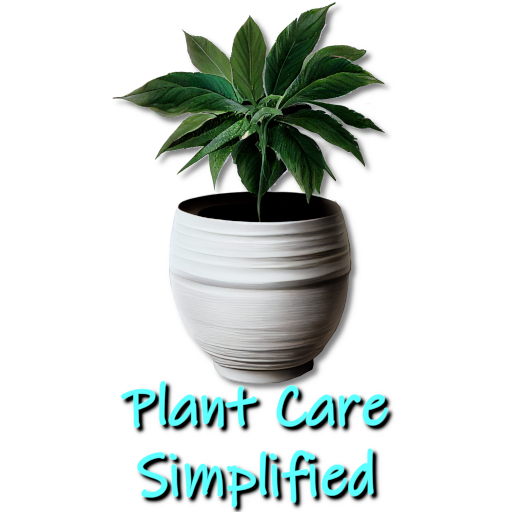Caring for Your Variegated Peace Lily – How To Get Your Plant to Thrive
Kim is passionate about helping people create beautiful, healthy indoor spaces that are filled with plants. Kim believes that plants make us happier, healthier human...
- A variegated peace lily is a tropical plant that needs to be kept warm and humid and doesn't survive well in temperatures below 60°F.
- It doesn't like direct sunlight but prefers good indirect light, so you should avoid placing them in south-facing windows.
- A variegated peace lily likes moist soil; you should water it if the soil is too dry; generally, around once a week is adequate.
- They don't require a great deal in terms of nutrition: Fertilize them infrequently. Every six weeks, with a balanced houseplant fertilizer, should be adequate.
Caring for your variegated peace lily (Spathiphyllum) is not too difficult. Providing you have the primary conditions right, these plants generally don't require too much day-to-day attention. The upside is that by delivering the limited care these plants need, you can ensure that they will last you for years.
Variegated peace lilies are beautiful and well-suited for indoor or outdoor use. That said, environmental conditions, particularly lighting and temperature, are the most important factors when looking to help your plant thrive. If you get these right and follow a simple watering regime, fertilize, and re-pot when necessary, your plant will maintain its vibrant foliage and should flower twice a year.
Variegated Peace Lily Requirements
| Elements | Requirement |
|---|---|
| Soil/Dirt-Based Media | Compost, potting mix, loam soil |
| Alternative Growing Media: | Coco Coir expanded clay aggregate (LECA), vermiculite |
| Pot Size | Pot size should be an inch bigger than the root ball all the way around |
| Pot Material | Any Pot material |
| Watering Requirements: | Keep the soil moist, water long and deep but avoid watering too frequently. |
| Light Requirements: | Indirect Sunlight – by measure, 30 to 35 LUX |
| Temperature: | Daytime: 68 to 85 ⁰F (20 to 30 ⁰C) and Night time not below 56⁰ F (13⁰ C) |
| Humidity: | 60-80% |
| Propagation: | Propagation by stem cuttings in conditions where the temperature is above 70⁰ F and by seed |
| Pruning: | Prune from the top, cutting away dead or discolored leaves as they appear. |
| Fertilizer: | Use organic, slow-release fertilizer in early spring. |
| Growth and Size: | While it can grow up to 6 ft tall, it more typically grows to 3 ft in an indoor setting |
| Toxicity: | Contains small amounts of calcium oxalate crystals and can cause skin irritation |
Environmental conditions
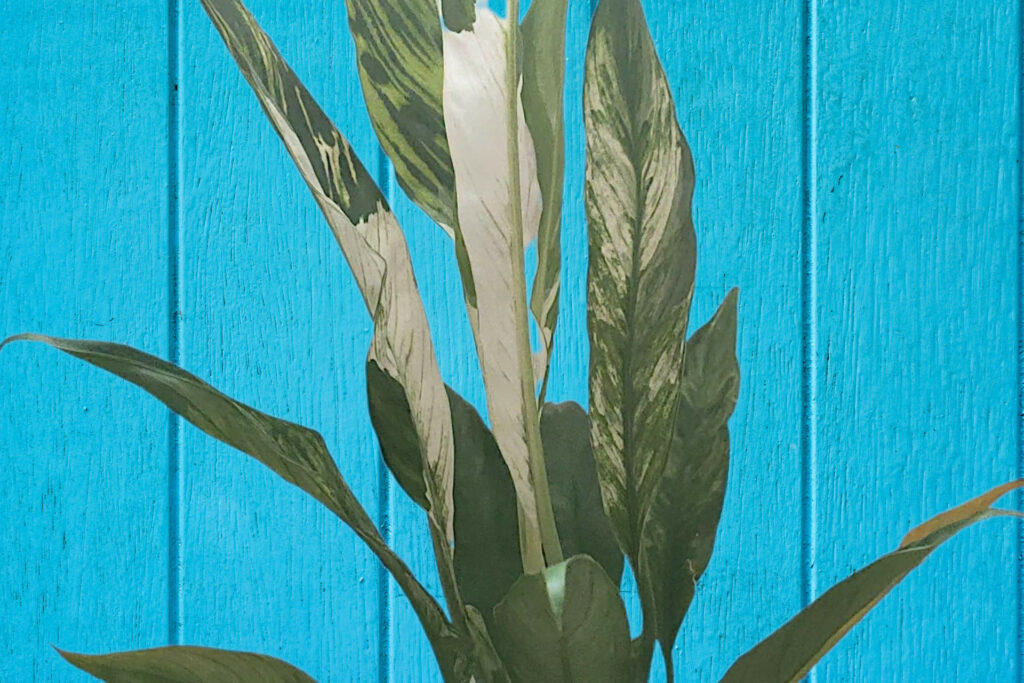
The variegated peace lily is a tropical plant that needs to be kept warm and humid. You should keep the plant indoors if you live in more temperate climates.
Light, Temperature, and Humidity Requirements
Light, temperature, and humidity play an important role in how well your plant will thrive in its surroundings.
Light Requirements for A Variegated Peace Lily
Peace lilies do best in low light and indirect sunlight. If they receive too much direct sunlight for an extended period, their leaves can become charred and scorched.
You can tell if the light is too strong by looking at how their leaves react. When leaves turn yellow, it means that the light is too intense, and when leaves turn brown or develop brown streaks, it can indicate scorching through excessive direct sunlight.
In addition, if your plant receives too much sunlight, the spathe (the canopy protecting the flowers) can start to turn green far more quickly. The spathe should start in its signature white color but will begin to turn green after two or three weeks as part of the natural photosynthesizing process. If this color change starts to happen after a week, it can often be a sign that it is receiving too much sunlight.
Temperature Requirements for A Variegated Peace Lily
Variegated Peace Lilies do not enjoy exposure to cold temperatures. Originating from tropical climates, they appreciate daytime temperatures between 65°F and 85°F and night temperatures around ten degrees cooler.
If temperatures drop below 60°F, they can struggle and usually die if this drops too much below 50°F for any prolonged period. Provided you live in a or can provide a climate where temperatures remain above 60°F, your plant should thrive.
Variegated Peace Lily and Humidity
Variegated peace lilies enjoy and thrive best in high humidity. You should also keep humidity levels between 60% and 80%. You will need to boost humidity if you live in an area with arid air conditions.
You can do this without affecting the whole room in several ways. The obvious way is to buy a humidifier, which will give you a good level of control over the conditions of the plant's immediate surroundings.
There are other cheaper, more convenient, and environmentally friendly options to create humidity.
- The simplest manual method is to spray the leaves with a fine water mist every couple of days.
- The second, and more practical option, is to create a natural self-humidifying system using expanded clay aggregate (LECA) in a moisture tray around the bottom of the plant pot.
Container Sizes for a Variegated Peace Lily
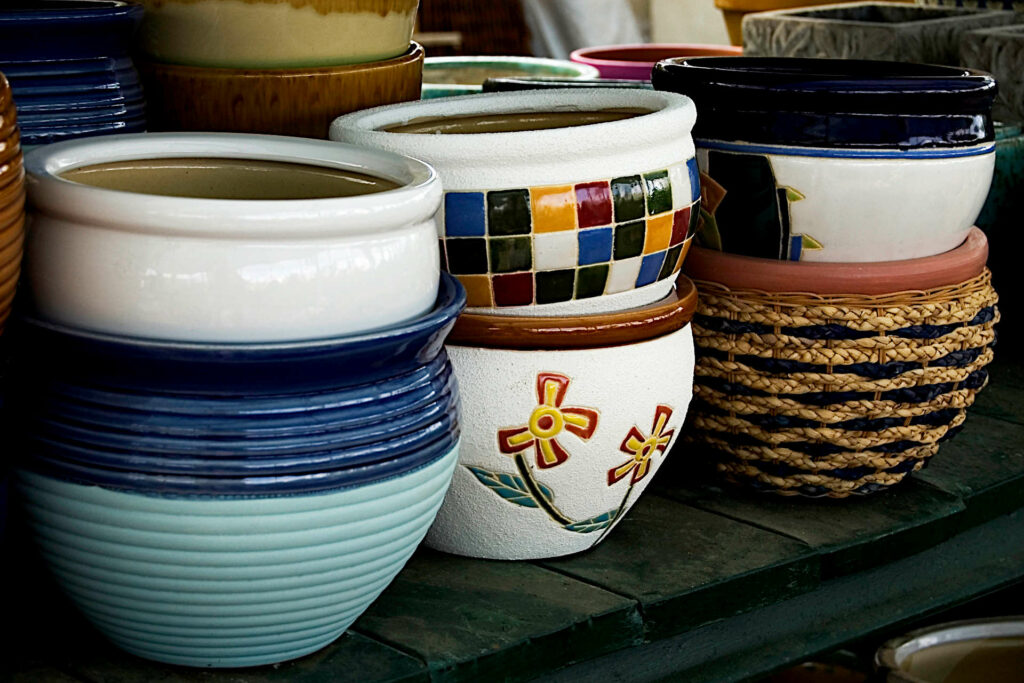
Container/flowerpot size will depend on the plant size. Choose a pot size that will allow it a little room to grow; around an inch larger than the root ball all the way around is usually perfect.
However, you want to go only a little beyond this as they tend not to like being in containers that are considerably larger than their root ball. Generally, you are unlikely to need a pot much bigger than 10 inches, even when fully grown.
The pot or container you choose can be any material; wood, plastic, clay, or ceramic are all good. It must have adequate drainage, so check for sufficient drainage holes in the base.
Best Soil Type and pH Levels
Variegated Peace Lily plants are not very picky when it comes to soil. They can be grown in just about any soil as long as:
- It's well-draining.
- Slightly acidic (6.0 to 6.5).
- Loose and light, not compacted.
- And organic.
You can also use other forms of growing medium, such as LECA and coco coir. Most plants grown indoors use a quality potting mix that should have a neutral pH level.
Watering a Variegated Peace Lily
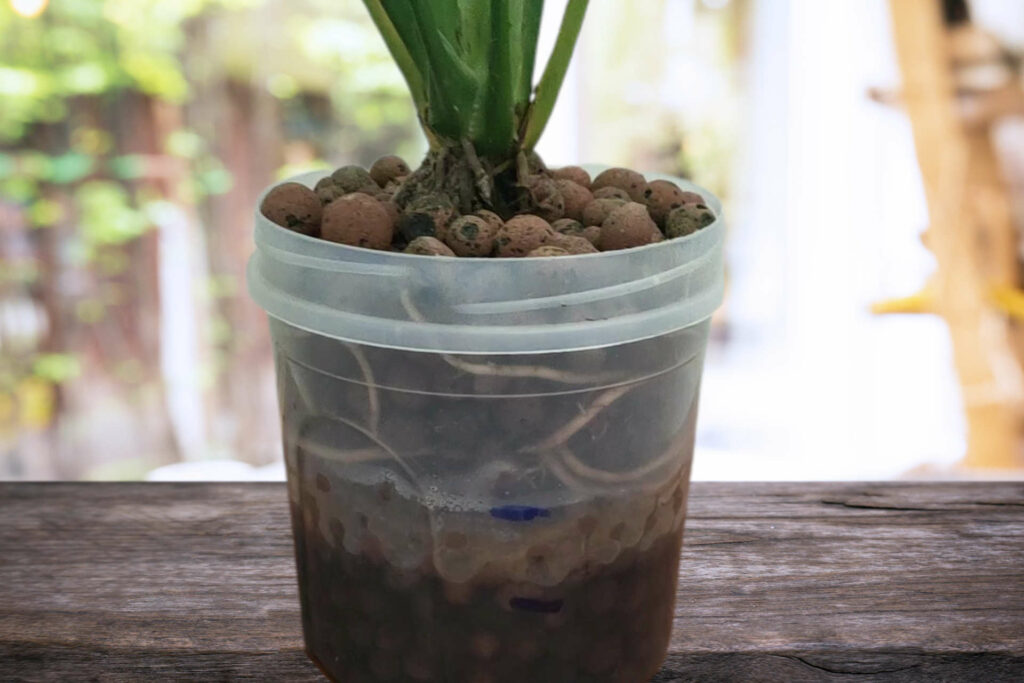
Consistency is essential when it comes to watering plants. Maintain an even moisture level in the soil, but avoid overwatering. Even though peace lilies can survive brief periods of dry soil, if the plant is neglected for an extended period, its leaves will turn brown.
Use water that is distilled or has been filtered and is at room temperature. This is because tap water can contain fluoride and other chemicals, which can cause the leaf tips of peace lilies to turn brown, toxic to the plant.
If you are using a conventional potting mix, watering consistency is the essential element; you should find that watering every 5 to 7 days is enough. You can test by putting a chopstick or knitting needle into the potting mix's top quarter; if the needle comes out dry, it will need watering.
When you water, you should do so thoroughly until it drains out of the bottom of the pot. During the summer months, you should water more often than in the winter because there will be more light. The longer the plant receives light, the more photosynthesis takes place, causing the need for more moisture for their leaves to stay green and healthy.
How to Fertilizer your Variegated Peace Lily
Fertilizing is a simple way to keep your plant looking healthy and vibrant. However, be careful not to fertilize too much as a peace lily is native to less fertile areas of Columbia and Venezuela, and you can easily over-fertilize the plants. Over-fertilizing will lead to excess foliage growth at the expense of flowering, and when flowering does happen, the spathe can grow green or turn green prematurely.
You only need to fertilize a variegated peace lily occasionally. Beginning in the late winter months, apply a well-balanced houseplant fertilizer approximately once every six weeks, and this schedule will promote healthy growth throughout the spring and summer months.
When your peace lily starts flowering, some nurseries advise you to consider fertilizing it with a unique bloom formula explicitly designed for variegated plants. We have found that this isn't necessary and can lead to over-fertilization, causing the spathe to turn green.
Fertilizing When Growing Using Passive Hydroponics
Fertilizer for a nutrient solution for LECA, also known as light expanded clay aggregate, typically contains a balanced blend of essential nutrients that plants need for healthy growth. Nutrients should include the main macronutrients such as nitrogen, phosphorus, and potassium and micronutrients such as iron and zinc. This type of fertilizer will ensure that plants grown in LECA have access to all the nutrients they need to thrive.
In the case of a variegated peace lily, this type of plant requires very little in the way of fertilizer. If the plant is grown in a soil-based medium, you would only need to add fertilizer every six to eight weeks. When growing a variegated peace lily in LECA, you can replicate this schedule by adding two or three drops of commercial hydroponic fertilizer to your water every six weeks.
Adding Beneficial Bacteria
One option to consider is the addition of beneficial bacteria (probiotics) to your growing medium. These bacteria can help to break down organic matter and instigate nitrogen-fixing, a process where nitrogen gas in the air is converted into a form, such as ammonia or nitrates, that plants can use for growth. The process can reduce the need for fertilizers and other nitrogen amendments.
Certain types of bacteria and other microorganisms trigger the nitrogen-fixing process. You can buy these as commercial products from most hydroponic suppliers or online stores such as Amazon. Although designed for hydroponics, the bacteria works well with any growing medium lacking a nitrogen source.
How Do You Re-pot a Variegated Peace Lily?
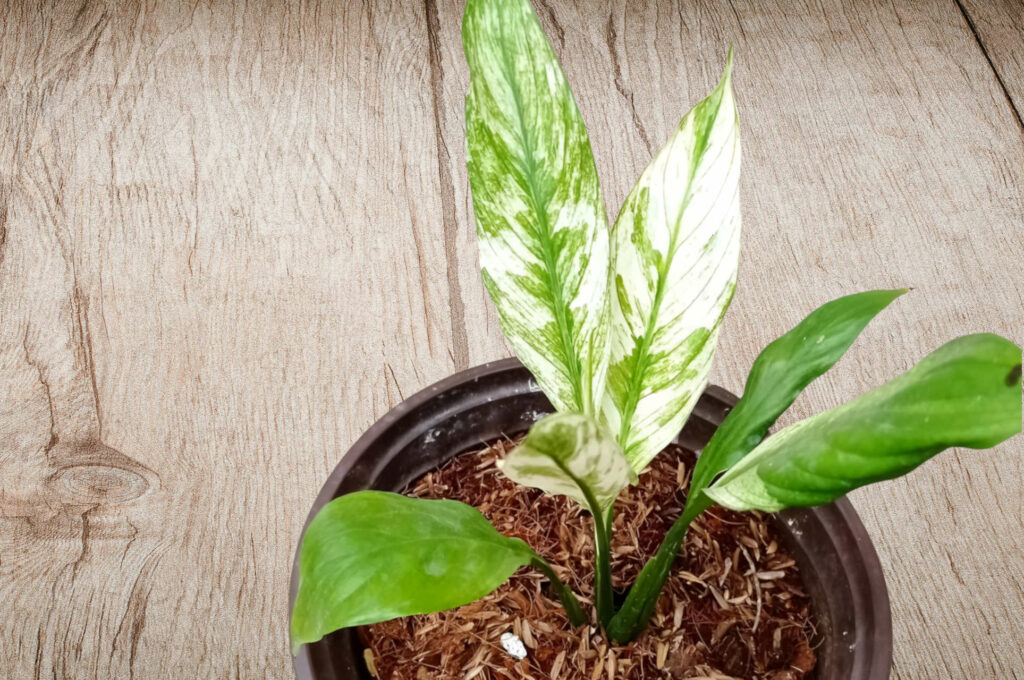
As your plant grows, there will come a time when you need to re-pot it, and it is a fairly straightforward process:
- A couple of days before you re-pot water the variegated peace lily well.
- Choose and prepare a new flowerpot and growing medium.
- When ready, take your new container and fill a one-third full with potting mix or growing medium of choice.
- At this point, carefully take the plant from its existing pot.
- Gently loosen any tangled roots with your fingers so they can quickly spread and explore the size of the new flowerpot.
Potting mix or soil are just some of your options. You can also re-pot your variegated peace lily in various growing mediums such as LECA or vermiculite. You can read our detailed step-by-step guide to potting a variegated peace lily in expanded clay aggregate.
Growing Variegated Peace Lily Outside
Most domestic variegated peace lilies are grown inside. To grow outside, you need to live in a climate where the temperature doesn't fall below 60°F and has elevated humidity levels. Provided you live in an environment that suits these strictures, you can grow variegated peace lilies outside.
If you have the right conditions and choose to grow outside, you must have a well-shaded area because, as already discussed, they don't perform well in direct sunlight. In terms of general care, again, the same recommendations for soil, watering, and fertilizer still apply.
Kim is passionate about helping people create beautiful, healthy indoor spaces that are filled with plants. Kim believes that plants make us happier, healthier human beings, and she loves sharing her knowledge with others so they can experience the joys of plant care for themselves. <a href="https://plantcaresimplified.com/kim-marson/">Read more</a>
More Posts